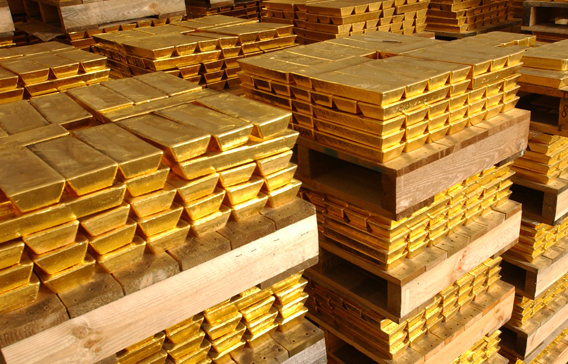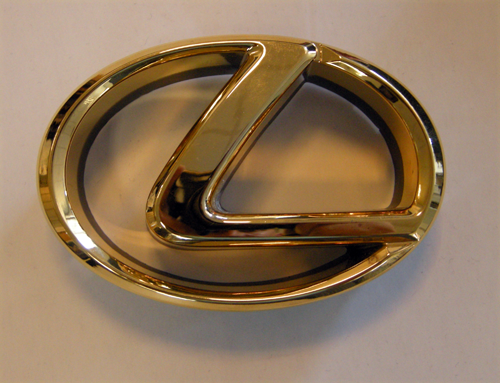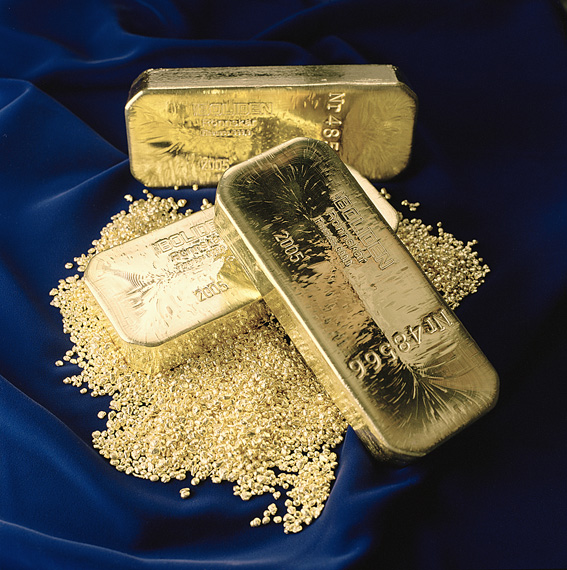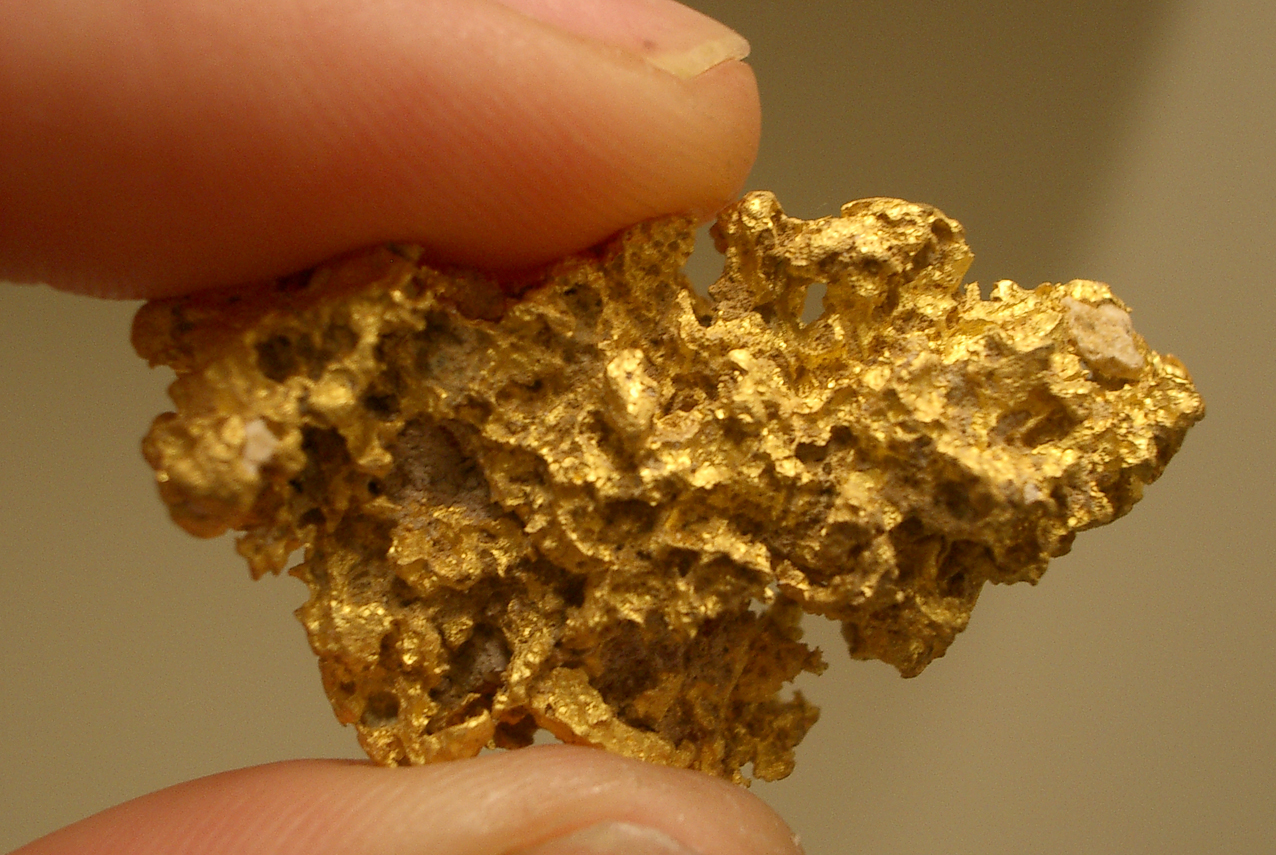For most uses of gold the pure metal is too soft on its own and is therefore hardened by the addition of alloying elements, copper, silver, nickel, palladium and zinc. Gold is of course yellow and the various colours seen such as red, white and green are simply alloys of gold. The final colour is dependent on the ratios and type of alloys added.
 Gold Alloys
Gold Alloys
Pure gold is weak, having a tensile strength of less than 20,000psi (138 megapascals) when annealed; however, by alloying with copper, sometimes in conjunction with silver or nickel, and often a little zinc, gold alloys with strengths of 60,000–100,000 psi (414–690 MPa) may be made. Addition of these metals changes the color of gold so that red, yellow, greenish, and white golds result. The proportion of gold in solid gold jewelry is designated in karats (k); pure gold is 24 k, 18 k is 18/24 or 75% pure gold, and 14 k is 14/24 or 58.3% pure gold.
You might also like
| What is Gold? Gold the Metal Non-Ferrous Gold is a chemical... | Gold Plating Gold Electroplating - How it works ? Gold... | How does gold corrode? Gold Corrosion - How it works ? Gold is... | Gold Mine Gold Mine Gold artifacts found at the Nahal... |




 Alloy Suppliers
Alloy Suppliers
 Aluminum
Aluminum
 Aluminum Extrusions
Aluminum Extrusions
 Copper-Brass-Bronze
Copper-Brass-Bronze
 Nickel
Nickel
 Magnets
Magnets
 Stainless Steel
Stainless Steel
 Stainless Steel Tubing
Stainless Steel Tubing
 Steel Service Centers
Steel Service Centers
 Titanium
Titanium
 Tungsten
Tungsten
 Wire Rope
Wire Rope